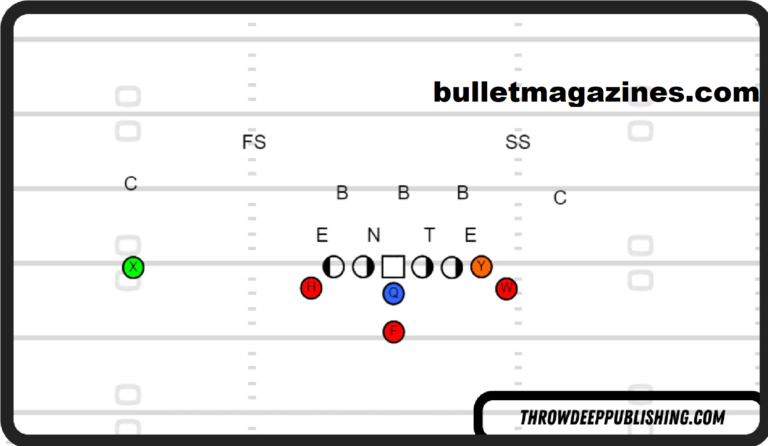The Wing T Offense remains a distinguished strategy in American football, celebrated for its deceptive maneuvers and dynamic structure. Designed to maximize both misdirection and ball control, this offensive formation can outpace and outsmart robust defenses. This guide explores the mechanics, advantages, and strategic depth of the Wing T Offense, providing coaches and enthusiasts with a detailed understanding of how to implement and master this playbook effectively.
What is the Wing T Offense?
The Wing T Offense is a unique football formation developed in the mid-20th century, known for its strong reliance on running plays and deceptive movements. Characterized by a tight end and wingback in close proximity, this offense utilizes precise timing and multiple ball carriers to confuse and dismantle defenses. The Wing T is particularly popular among high school and collegiate teams due to its versatility and the difficulty it poses to defenses unaccustomed to its style.
Key Components of the Wing T Offense
At the core of the Wing T Offenses are several critical components: the quarterback under center, a fullback positioned directly behind the quarterback, and a halfback and wingback who are typically aligned to one side. This formation is highly adaptive, allowing for quick shifts into various plays such as traps, sweeps, and reverses. The alignment and movement of players create a multitude of blocking angles and open lanes, pivotal for the offense’s success.
Detailed Breakdown of Wing T Offense Plays
The effectiveness of the Wing T Offenses lies in its diverse playbook. Key plays include the “Buck Sweep,” where both guards pull to clear the way for the wingback carrying the ball around the end, and the “Trap Play,” which counters aggressive defensive linemen by targeting them for surprise blocks. Each play in the Wing T playbook is designed to exploit specific defensive weaknesses, often through misdirection and synchronized timing among the backs.
Advantages of Implementing the Wing T Offense
Adopting the Wing T Offense offers numerous tactical benefits. It is particularly effective at controlling the game’s pace and keeping the ball away from the opponent. Its reliance on running plays wears down defenses and can lead to significant yardage if executed correctly. Additionally, the offense’s inherent complexity and unpredictability make it difficult for opponents to prepare for and counter.
Common Challenges and Solutions
Implementing the Wing T Offenses is not without challenges. Teams often struggle with the precision timing required and may find it difficult to maintain effectiveness against teams familiar with the strategy. To mitigate these issues, coaches must emphasize discipline and timing in practice sessions and continuously adapt their play calls to keep opponents off-balance. Regular film study and play analysis can also help in refining and improving the offense.
Case Studies: Successful Wing T Offense Teams
Historically, many teams have thrived using the Wing T Offense. High school programs like those in Delaware have become synonymous with the strategy, often dominating local leagues. Colleges that have successfully employed the Wing T offenses include the University of Delaware, which has perfected the under coaching legends such as Tubby Raymond.
FAQs
Q: How can a team start implementing the Wing T Offense?
A: Start with basic plays and ensure all players understand their roles. Gradual implementation with thorough practice is key.
Q: What makes the Pistol Wing T variation different?
A: The Pistol Wing T integrates features of the Pistol formation, placing the quarterback in the shotgun, which can enhance passing capabilities.
Q: Are there any specific drills for mastering Wing T formations?
A: Yes, drills that focus on precise footwork, timing, and coordination among backs and linemen are essential.
Conclusion
The Wing T Offenses is more than just a football strategy; it’s a proven formula for success when executed with precision and creativity. As teams continue to adapt and evolve, the principles of the Wing T—misdirection, timing, and relentless execution—remain ever-relevant. For coaches looking to enrich their team’s offensive playbook, mastering the Wing T could very well be the key to outsmarting and outplaying the competition.


